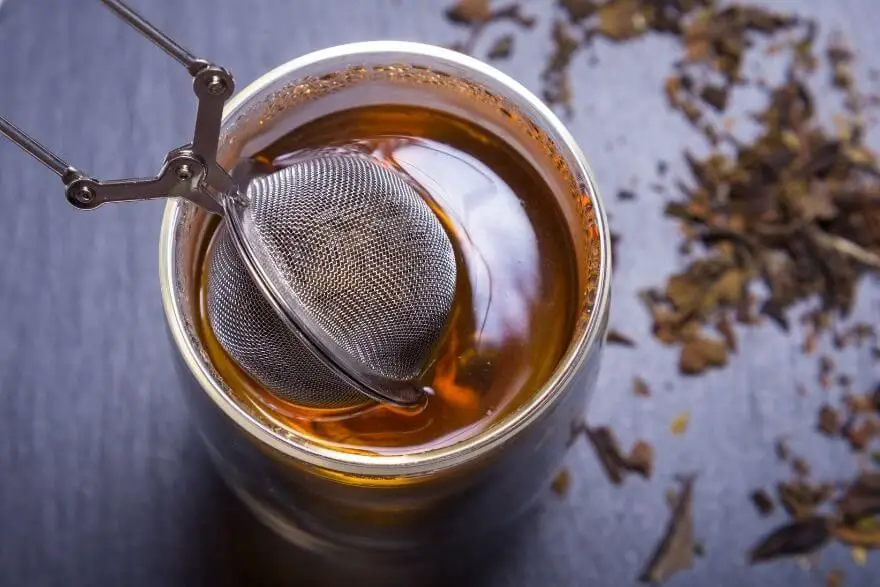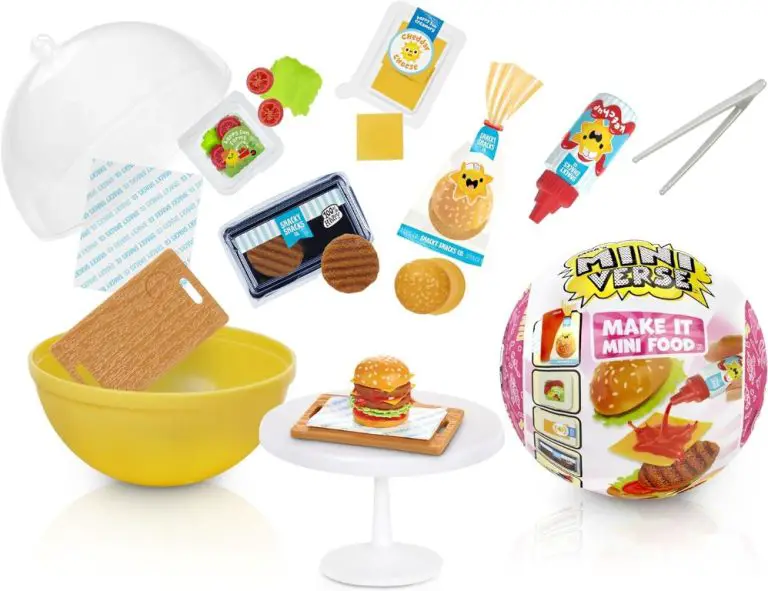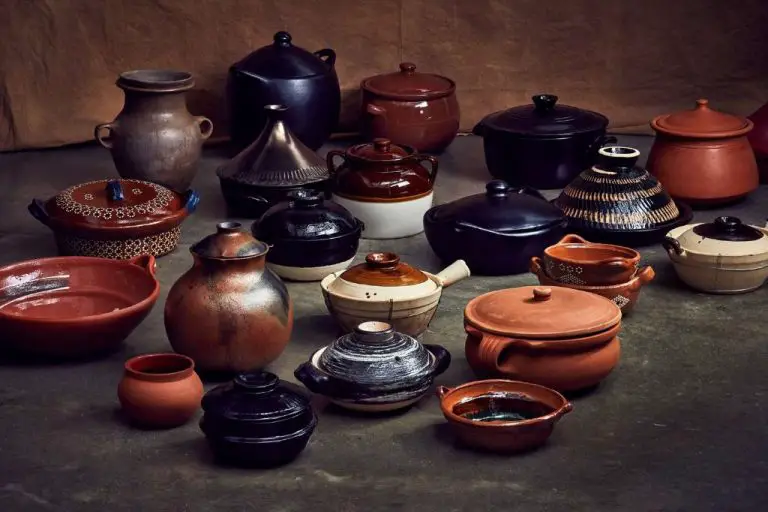Is Tea Better With An Infuser?
The Rich History of Tea Infusers
Tea infusers date back thousands of years – evidence shows infusers made of bamboo originating in ancient China (https://teafloor.com/blog/tea-infuser-101-guide-to-using-tea-infusers/). These simple yet effective tools have evolved over time, with creative iterations designed by artists like Marianne Brandt’s elegant 1924 silver and ebony tea infuser and strainer (https://www.metmuseum.org/art/collection/search/491299). The popularity of the tea infuser exploded in the 19th century, enabling people to easily brew loose leaf tea (https://en.wikipedia.org/wiki/Infuser). Tea infusers unlock the full flavor potential of loose leaf, providing an inexpensive way to indulge in a more flavorful cup. As we’ll explore, infusers offer multiple benefits but also have some limitations to consider.
What is a Tea Infuser?
A tea infuser is a device used to brew loose leaf tea. It allows the tea leaves to steep and infuse flavor into the water, while also containing the leaves so they don’t end up in your cup. Tea infusers are often small, metal devices with fine mesh or holes that allow water to flow through while trapping the tea leaves inside. They can come in different shapes like balls, cones, or cups, and are made to fit in a teapot or directly in a mug.

Tea infusers provide an easy way to brew loose leaf tea and enjoy its full flavor profile, without the mess and difficulty of straining out loose wet tea leaves. By allowing ample room for the tea to fully expand and steep, infusers can often produce a richer, more flavorful cup of tea compared to single-use tea bags. Infusers make it simple to brew any type of loose leaf tea and come in a wide variety of styles to suit different needs.
Pros of Using a Tea Infuser
One of the biggest advantages of using a tea infuser is that it allows the tea leaves to steep properly and maximize their flavor. When tea is steeped in loose leaf form, the leaves have room to fully expand and release their flavors and oils into the water. This results in a richer, more flavorful cup of tea compared to using tea bags (Sencha Tea Bar).
Tea infusers allow the hot water to freely flow through and around the loose tea leaves. This circulation extracts the most flavor and aroma from the tea. The small holes and mesh material of the infuser contain the loose leaves while letting the brewed tea flow out freely into your cup. This prevents you from getting tea leaves in your drink (Loose Leaf Tea Market).
Overall, a quality tea infuser provides the optimal environment for loose leaf tea to release its full flavor profile into your cup. This results in a richer, fresher tasting tea compared to tea bags or improperly steeped loose leaf tea.
Cons of Using a Tea Infuser
While tea infusers have many benefits, there are some potential downsides to using them as well. One of the main cons is that they can be messy and difficult to clean. When you brew loose leaf tea in an infuser, small pieces and particles of tea leaves often escape the infuser and end up at the bottom of your cup or teapot. This means you’ll need to watch out for “tea mud” as you drink and be prepared to clean up the debris afterwards. Metal infusers in particular are prone to staining from the tea over time, according to The Tasting Table [1]. The molecules theanine and theophylline in tea can discolor the metal mesh. Fully cleaning a stained infuser requires scrubbing and repeated washing.
Some other types of infusers present cleaning challenges as well. Silicon infusers can absorb odors and flavors that require thorough washing to remove, according to Sencha Tea Bar [2]. And glass and ceramic infusers are prone to breaking if dropped while washing. So while infusers provide a convenient way to brew loose teas, they do require a bit more cleanup effort than single-use tea bags.
Types of Tea Infusers
There are a few main types of tea infusers that are commonly used to brew loose leaf tea:
Ball Infusers
Ball infusers (also called tea eggs) are small, round infusers often made of stainless steel or silicone. They typically feature small holes to allow water to flow through while containing the tea leaves. Ball infusers are a popular portable option as they often have a chain to easily remove them from a mug. However, their small size means they can only hold enough tea for 1-2 cups at a time (Source).
Basket Infusers
Basket infusers, sometimes called tea filters or tea baskets, are bowl-shaped infusers with perforated sides and a handle for easy removal. They tend to be larger than ball infusers and can brew several cups at once. Baskets allow tea leaves to fully expand while steeping. However, they can be more difficult to clean compared to simple ball infusers (Source).
Steeper Infusers
Steeper infusers are also referred to as teapots or teapot-style infusers. They often look like a small teapot with a built-in strainer inside to hold loose tea while brewing. Steepers allow tea to circulate while steeping and have ample room for tea leaves to expand. They are ideal for brewing multiple cups of tea at once. However, they can be more expensive and fragile compared to basic infuser styles (Source).
Using Loose Leaf vs. Bagged Tea
When it comes to flavor, loose leaf tea is generally considered superior to bagged tea. Full tea leaves in loose leaf tea have more room to expand and infuse, bringing out more complex and nuanced flavors. The tea leaves in bags are typically broken up smaller, which can result in a duller, less flavorful cup of tea. Many tea enthusiasts claim that loose leaf simply tastes fresher and brighter [1].
However, loose leaf tea is often more expensive per cup compared to bagged tea. The packaging and processing costs are higher, and you use more tea per cup when brewing loose leaves. But the cost difference is marginal if you brew the leaves multiple times. The upfront cost of infusers and accessories should also be considered [2].
Ultimately, loose leaf provides a superior tasting experience for tea enthusiasts willing to pay a bit more per cup. But bagged tea offers affordability and convenience for casual tea drinkers.
Best Teas for Infusers
When it comes to teas that are ideal for infusers, loose leaf black, green, and herbal teas tend to work best. The larger leaf sizes allow the flavors to unfurl slowly in the infuser, producing a robust cup of tea.
For black tea, Assam, Ceylon, and Darjeeling are excellent choices for infusers. These black teas have large, bold leaves that release their flavor well in an infuser. Flowery black teas like Earl Grey also pair nicely with infusers (Source).
Green teas like Sencha, Matcha, and Genmaicha are perfect for infusers too. The flat leaves and stems allow water to flow freely to extract the grassy flavor. Herbal blends with big leaves like peppermint, chamomile, and rooibos are ideal as well (Source).
For the best infusion, choose whole leaf teas as opposed to crushed leaves or fannings. The larger leaves have more room to circulate and release their flavor. Just be sure not to overfill the infuser, as too many leaves can clog it.
Tips for Using a Tea Infuser
Using a tea infuser properly is important to get the most flavor out of your tea. Here are some tips:
Use the Right Water Temperature – Each type of tea requires different water temperatures for optimal steeping. Green and white teas brew best with water between 160-180°F. Black teas, oolongs, and herbal tisanes can handle hotter water around 195-205°F. Always heat water to the proper temperature for the tea you are brewing.
Follow Recommended Steep Times – Steeping your tea for too long can make it taste bitter and astringent. Refer to the package instructions for recommended steep times. As a general rule, green and white teas steeps for 1-3 minutes, while black teas and oolongs can steep for 3-5 minutes. Herbal teas may need 5-10+ minutes. Use a timer for best results.
Thoroughly Clean Infusers After Use – Make sure to wash your infuser immediately after steeping to prevent residue buildup. Soak in hot, soapy water and use a soft brush to scrub away any bits of leaf. Allow to fully dry before storage to prevent mold growth. Proper cleaning preserves the flavor of your next cup.
Following these simple guidelines will help you brew tea perfectly every time using an infuser. Adjust water temps and steep times as needed to suit your taste preferences.
Popular Tea Infuser Brands
Some of the top tea infuser brands on the market include:
OXO – OXO makes a variety of high-quality tea infusers including the OXO Brew Twisting Tea Ball Infuser. This infuser has a large central basket design that gives tea leaves plenty of room to steep and unfold. It has a twisting handle to easily open and close the infuser.
Fred & Friends – Fred & Friends offers fun and functional tea infusers like the Manatea Silicone Tea Infuser. This infuser is shaped like a manatee and has finely perforated silicone construction to contain loose leaf tea. The arms flip up for easy filling.
Finum – Finum is known for their high-quality basket infusers made of BPA-free plastic and stainless steel. Their infusers have extremely fine mesh to contain even the smallest tea leaves. The Finum Brewing Basket has a spring-action handle for easy use.
Conclusion
In summary, using a tea infuser offers several advantages over steeping tea bags or brewing loose leaf tea directly in a teapot or cup. Tea infusers allow you to fully control the steeping time and flavor strength, contain loose leaves neatly, and can be reused. High quality infusers made from stainless steel or mesh also avoid imparting other flavors into the tea.
For tea drinkers who want to explore loose leaf teas and have maximum control over the brew, a tea infuser is highly recommended. Models with chains or handles avoid the common problem of fishing out the infuser when the tea is ready. However, simple infusers like tea balls still work fine. Just be aware of potential drawbacks like more clean-up or weaker flavor from overstuffing.
Overall, tea infusers provide an affordable and convenient way to unlock the full breadth of flavors from loose leaf teas. With a quality infuser and following proper brewing techniques, you can easily make a delicious cup of tea anytime.




